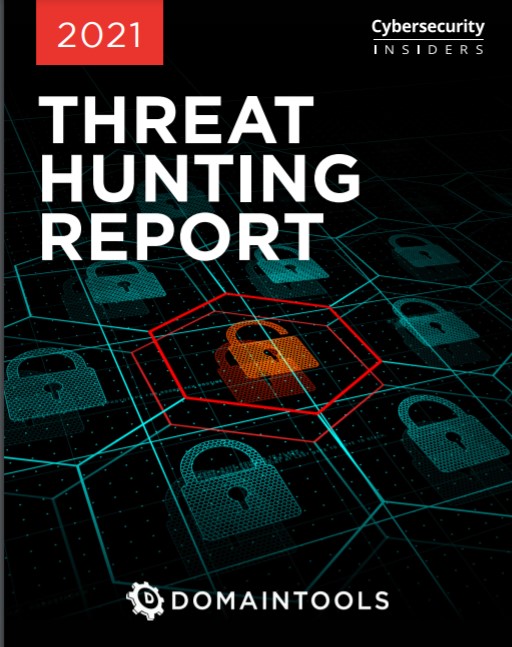(Download the 2021 Threat Hunting Report by completing form at right.)
Threat hunting continues to evolve for organizations that focus on proactively detecting and isolating Advanced Persistent Threats (APTs) that might otherwise go undetected by traditional, reactive security technologies. While many SOCs are struggling to cope with the current security threat workload, more organizations are adopting threat hunting as part of their security operations. They are discovering that proactive threat hunting can reduce the risk and impact of threats while improving defenses against new attacks.
In 2021, Cybersecurity Insiders conducted the fourth annual threat hunting research project to gain deeper insights into the maturity and evolution of the security practice.
Key findings include:
• The survey reveals that cybersecurity professionals see timely detection of advanced threats (55%) and lack expert security staff to mitigate such threats (52%) as the top challenges facing their SOC. This is followed by a lack of confidence in automation tools catching all threats (37%) and too much time being wasted on false-positive alerts as the top challenge for their SOC.
• Organizations highlight a broad range of goals of their threat hunting program. However, reducing exposure to external threats was named by more than half of the organizations surveyed (51%). This is followed by reducing the number of breaches and infections (45%) and reducing attack surface (43%).
• Although threat hunting is still an emerging discipline, it is not surprising that most organizations agree that threat hunting should be a top security initiative (88%).
• Threat hunting platforms provide security analysts with powerful tools to enable earlier detection, reduce dwell time, and improve defenses against future attacks. This year, more
organizations (68% in 2021 versus 63% in 2020) highlight improving detection of advanced threats as the main benefit of using a threat hunting platform for security analysts.
We would like to thank DomainTools for supporting this important research.















